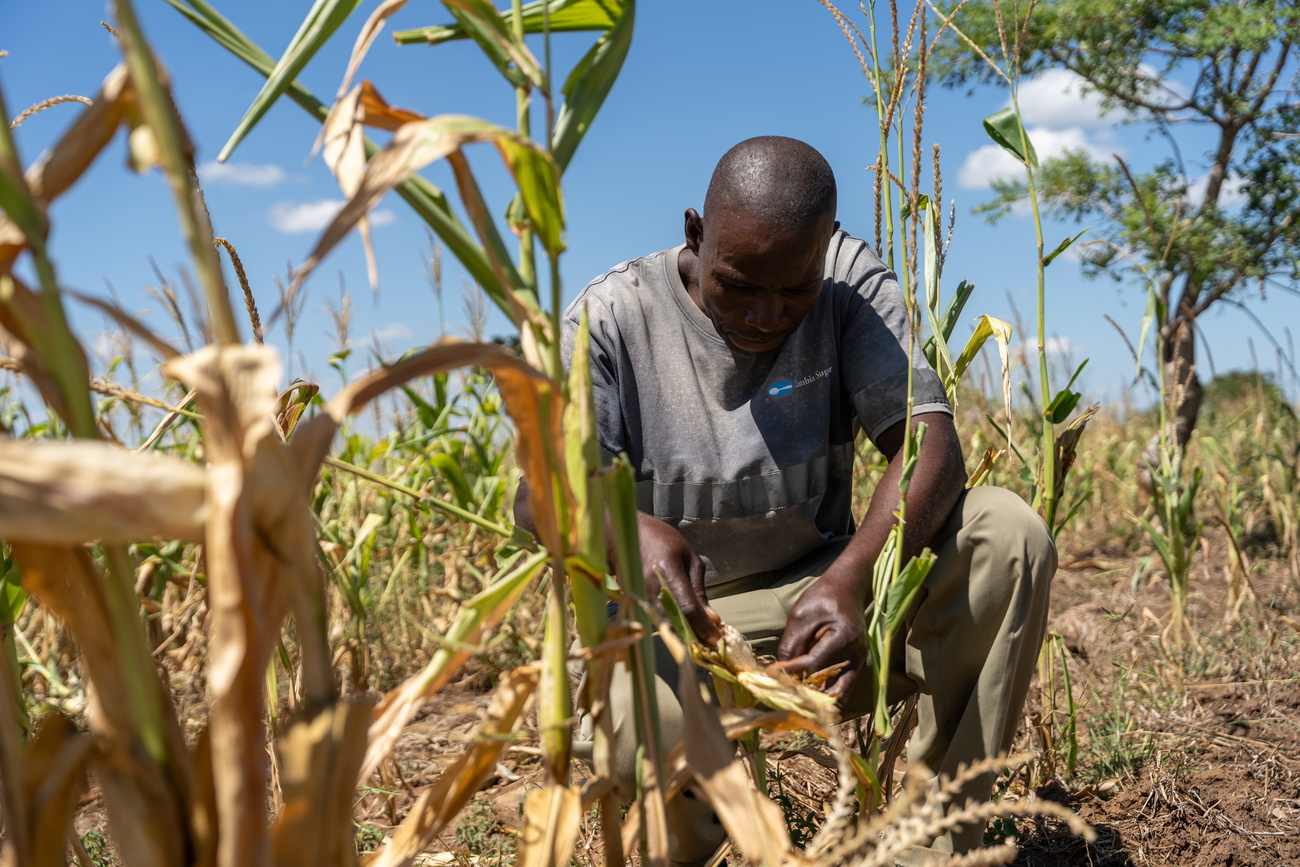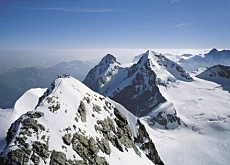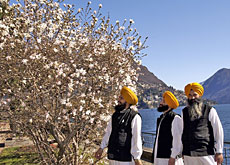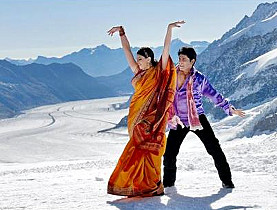Swiss yatra

Tourism in India has its roots in religious pilgrimages, where the devout visit several places of worship on a well-established itinerary. The two-week tour of Europe is its international equivalent, with a quick visit to Switzerland being almost obligatory. Switzerland’s joining of the European Schengen area in December 2008 has meant that a Schengen visa is all one needs for a Swiss “darshan”.
The alpine nation is the ninth most popular tourist destination for Indians based on 2012 international departures from Indian airports. According to the Swiss Federal Statistics Office, 347,750 Indian tourists visited Switzerland in 2018 and they were responsible for 780,815 overnight stays in the country.

More
Indian tourists love the summer toboggan
They don’t have time to stand and stare at the mountains though. The average duration of a stay is only 2.2 days, as most Indian tourists visit Switzerland as part of a tour of Europe. However, they make up for limited time by spending freely. Indian tourists shelled out an average of CHF240 a day in 2013, the seventh highest daily expenditure among all visiting nationalities.
Despite making up only 1.3% of the Swiss tourist market, Indian tourists are very visible in certain parts of the country, due to fixed itineraries of most Europe group tour packages. The most visited destinations are Zurich, Engelberg (especially Mount Titlis), Interlaken and Lucerne. Even though Switzerland enjoys a global reputation as a winter tourism destination, the majority of Indian tourists prefer visiting the country in summer. May and June are the months which see peak tourist visits from India.
Indian tourist profile
The Swiss tourism industry recognises Indians as a distinct visitor group with their own unique characteristics, interests and needs. The Swiss Hotel Association has even prepared a special guide for Swiss hoteliers called Swiss hospitality for Indian guestsExternal link to help them understand and serve Indian tourists better. According to the guide, Indian visitors to Switzerland can broadly be grouped into two categories: the group traveller and the individual tourists.
Group travellers are those who have booked a group holiday package to Europe that also includes a visit to Switzerland for a few days. Their knowledge of Switzerland is based on Bollywood movie backdrops and they nurture a desire to ”touch real snow for the first time”. Individual tourists are usually married couples or small family groups that have already visited Europe and would like to know Switzerland better. Their preferred activities include “shopping in brand-name stores” and railway journeys.

More
Currying flavour at 3,550m
Bollywood backdrop
Released in 1964, Sangam was the first Indian film shot in Switzerland but it was the 1967 film Evening in Paris, that first used the Alps as backdrop for singing, dancing and romancing. However, it would be a few more decades before Switzerland burst into the Indian consciousness, following the release of the Bollywood film Dilwale Dulhania Le Jayenge in 1995, which featured a love-struck Romeo trying to win his lady love’s heart in the midst of breathtaking Swiss scenery. Many other films subsequently incorporated Switzerland as a backdrop cementing the Alpine nation’s place as a must-visit on any European tour aimed at Indian travellers.
The Swiss tourism industry has been quick to latch on to this free publicity and now actively promotes the country’s link to Bollywood to touristsExternal link and filmmakersExternal link alike.
Negative image
Indian tourists, especially those on group holiday packages, are sometimes viewed as unwelcome guests by Swiss hoteliers. In a reportageExternal link by Swiss public television RTS (French), hoteliers express their dissatisfaction about the cut-price rates demanded by Indian tour operators. Indian tourists are also sometimes viewed as too much trouble. In an articleExternal link in German-language Zurich paper Tages Anzeiger, hotel employees complain about messy hotel rooms, fussiness over food and brusque behaviour towards staff.

In compliance with the JTI standards
More: SWI swissinfo.ch certified by the Journalism Trust Initiative













You can find an overview of ongoing debates with our journalists here . Please join us!
If you want to start a conversation about a topic raised in this article or want to report factual errors, email us at english@swissinfo.ch.